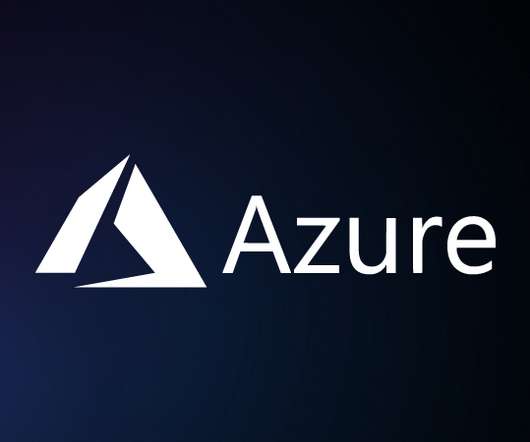Vulnerability assessment: key to protecting applications and infrastructure
Dynatrace
OCTOBER 13, 2021
Examples of such weaknesses are errors in application code, misconfigured network devices, and overly permissive access controls in a database. Cloud infrastructure analysis ensures the secure configuration of cloud infrastructure including virtual machines, containers, cloud-hosted databases, and serverless services.












Let's personalize your content